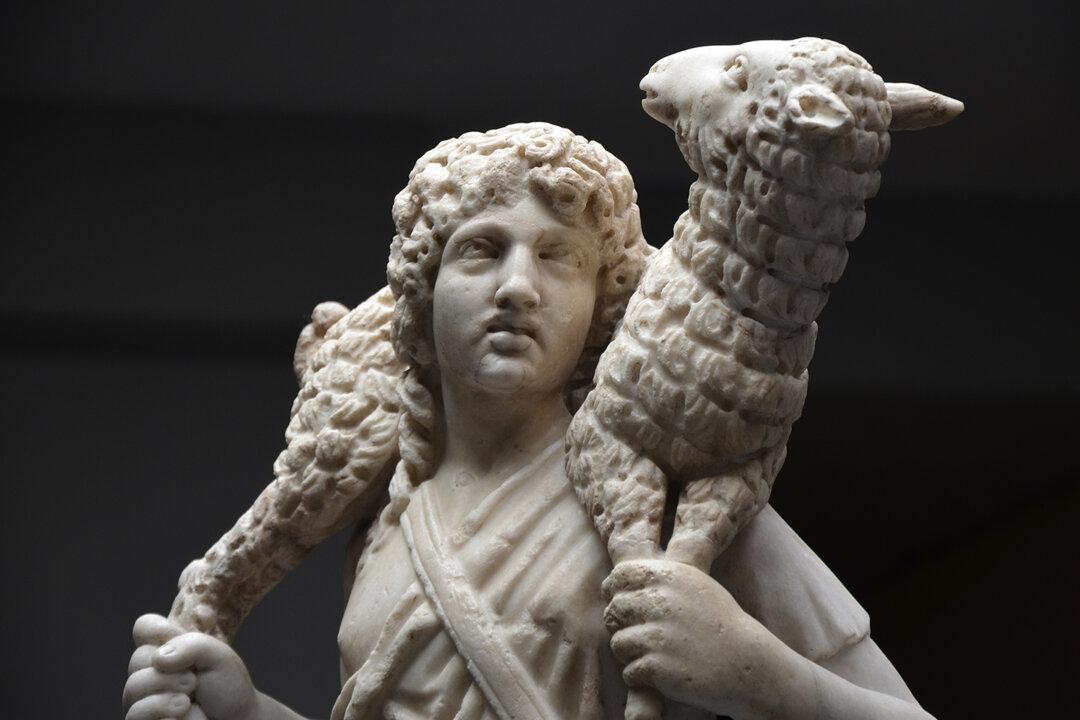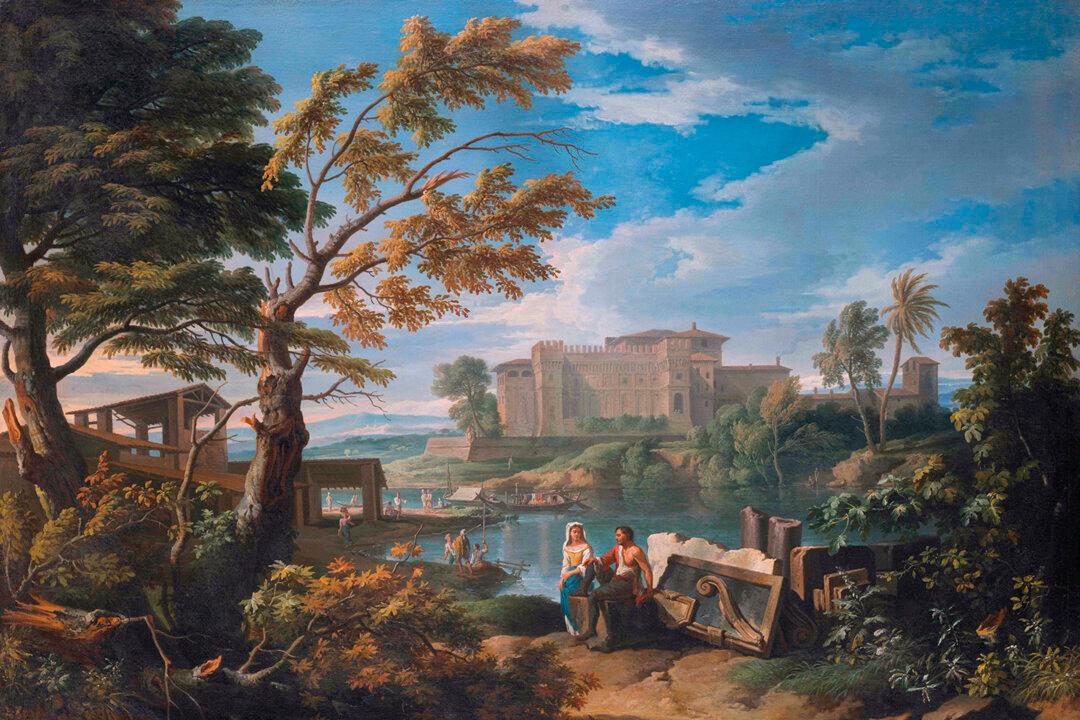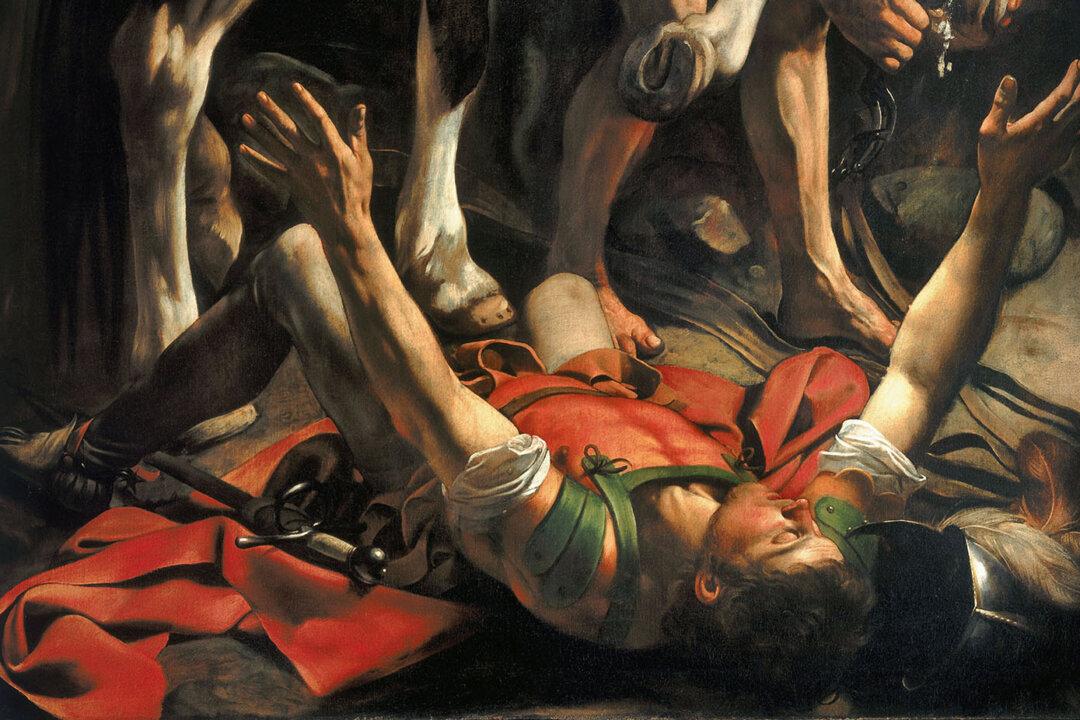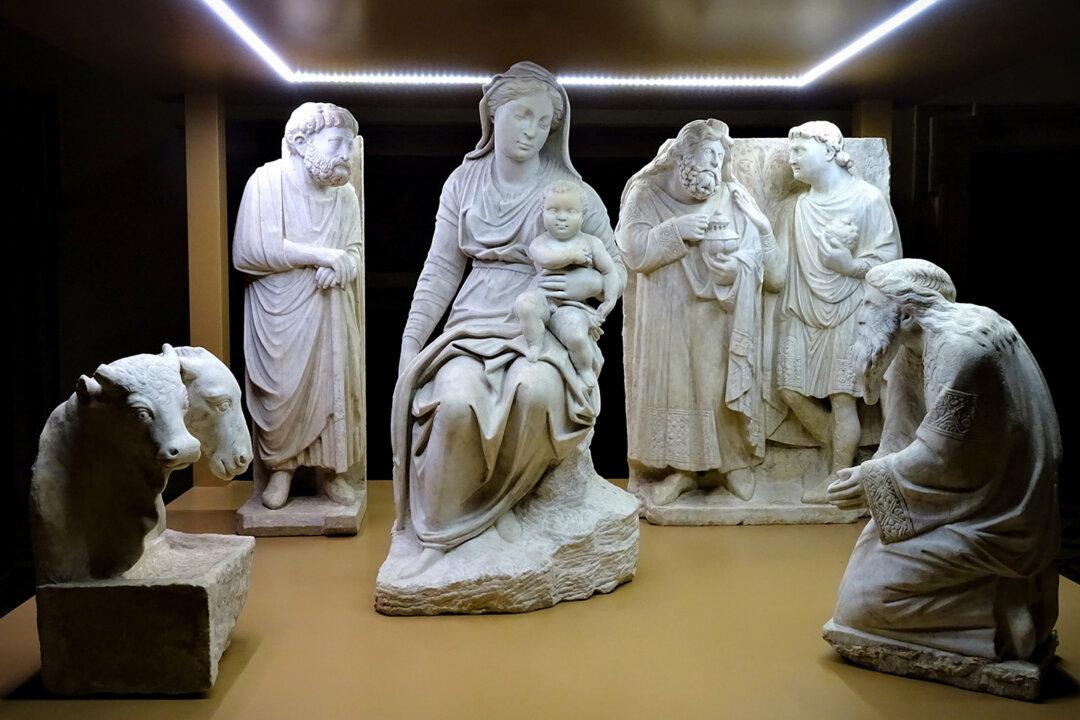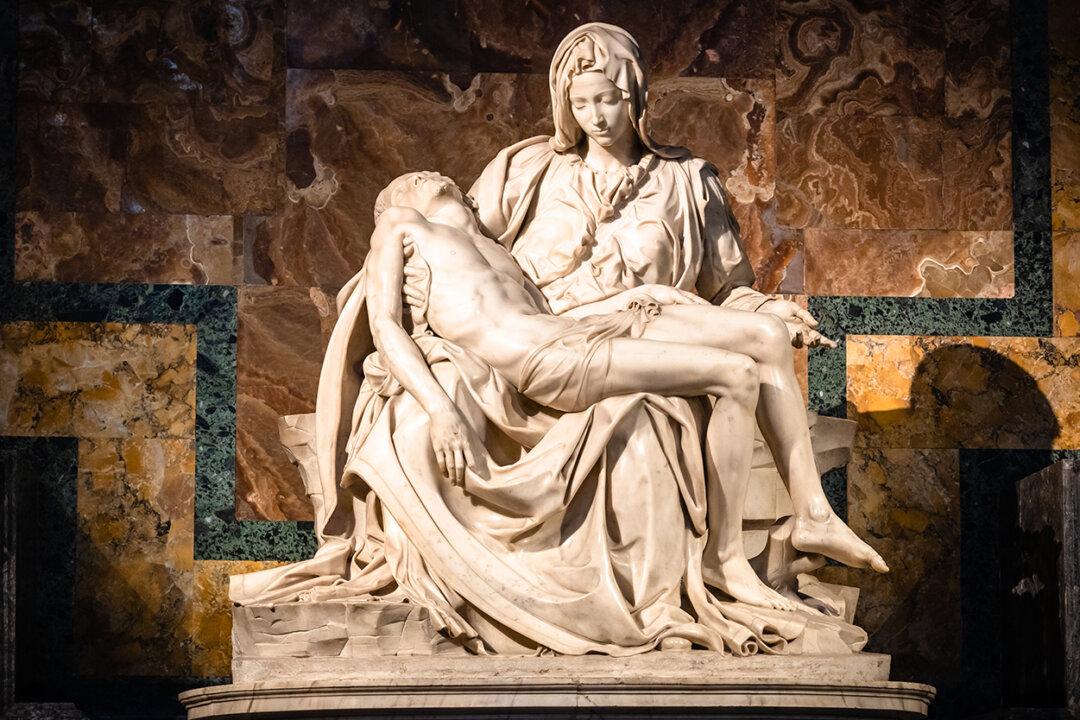By the third century A.D., the Roman Empire had devolved into an amalgamation of jaded peoples, living with constant war and under endless political instability. They numbed their existential anxiety with pleasures and luxuries and explored myriad religions to try to fill the spiritual void of their age. The Roman identity had lost meaning for its many citizens flung across its vast expanse, and unbeknownst to them, the fall of the empire was looming on the horizon.
The Christian community developed during those uncertain times, aggravated by sporadic and vicious persecutions, yet it proclaimed a message of hope and light in the darkness. To embody this hope in visual form, they crafted an innovative icon: that of the Good Shepherd, an image taken from the biblical teachings of Jesus.

